
Head trauma in veterinary medicine
Initial patient assessment and rapid initiation of appropriate treatment measures are critical to maximize the chance for a successful outcome.
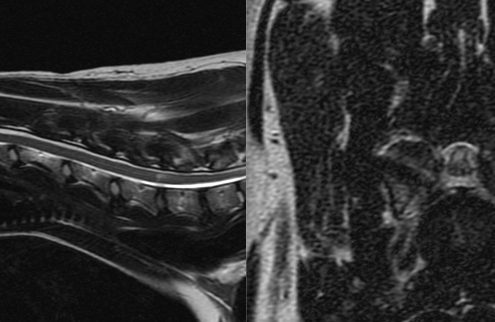
Cervical spondylomyelopathy
Cervical spondylomyelopathy causes a chronic, progressive gait disturbance, which can range from mild to severe tetraparesis and proprioceptive ataxia.
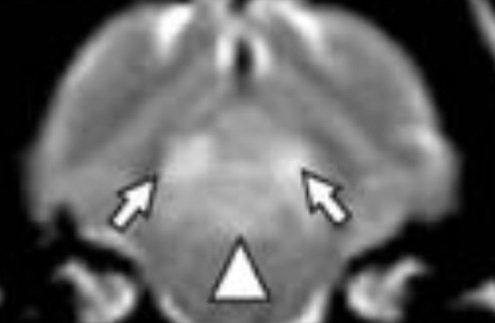
Thiamine deficiency
Dogs and cats are unable to endogenously synthesize thiamine so it must be obtained from the diet. Thiamine deficiency can occur via several mechanisms.
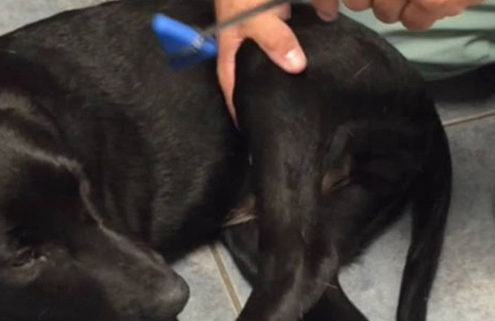
Neurologic exam & localization
Performing a good neurologic examination with proper neurolocalization is critical for devising a suitable list of differential diagnoses with subsequent treatment plans with patients presenting with neurological diseases.
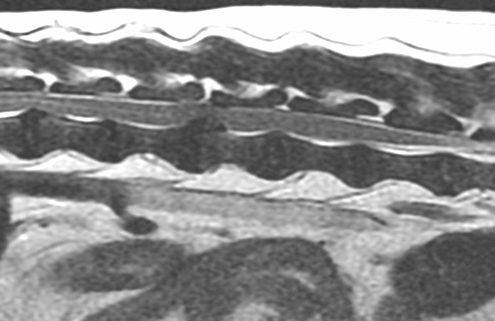
I’ve got your back: Diagnosis and management of IVDD
IVDD is the most common spinal disease of dogs. This article discusses the definition of IVDD, presentation, diagnosis, management, and prognosis.
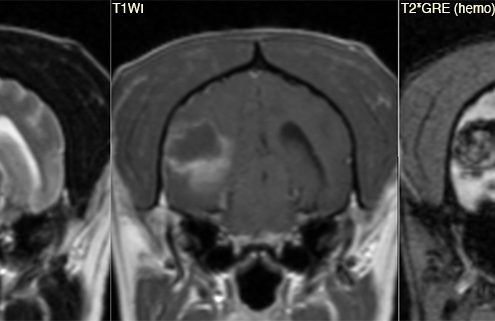
Stroke / infarct
Cerebrovascular accidents ("stroke") were once thought to be uncommon to rare in veterinary medicine, but the increasing availability of advanced imaging shows that not to be the case. This post reviews possible causes, diagnosis, and treatment of strokes in dogs and cats.
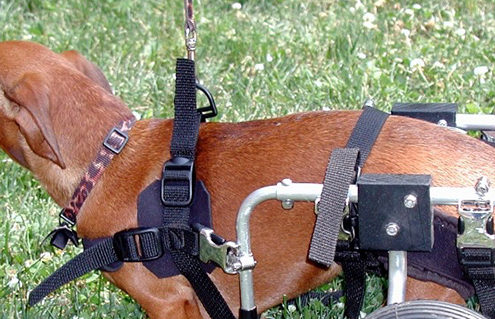
The latest on steroids and spinal cord injury
One of the most common causes of spinal cord injury in dogs is intervertebral disc herniation (IVDH). This post updates the use of methylprednisolone and PEG in the treatment of spinal cord injury.
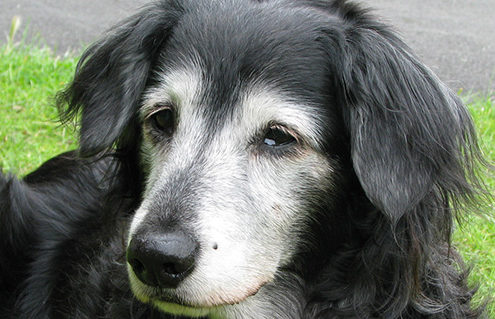
Canine cognitive dysfunction
With advances in veterinary medicine, we are more and more commonly seeing our pets living to a greater age than has been reported historically. Current estimates in the companion animal population indicate that there are more than 50 million senior and geriatric dogs over the age of 7 years. As such, advanced age in our pets and their associated illnesses have become a very important aspect in who and what we treat in our roles as general practitioners and specialists, alike.
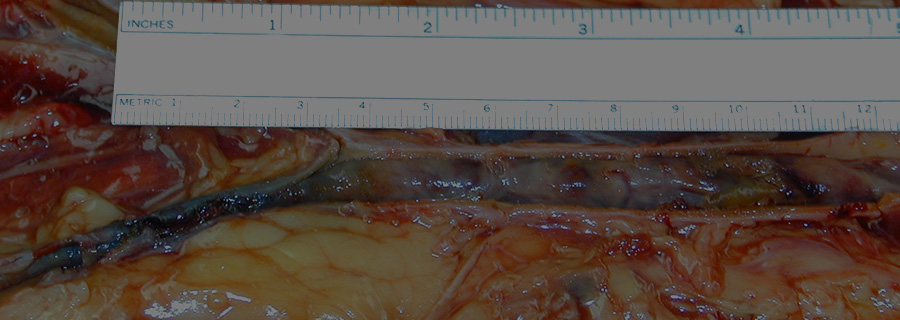
Pointers for the neurological examination of “back dogs”
It is common for dogs to be presented to their veterinarian for being “down” in the hind end, but it's not always a spinal cord disorder. This post provides some tips for differentiating patients with spinal cord disease from other disorders, including non-neurological disease.
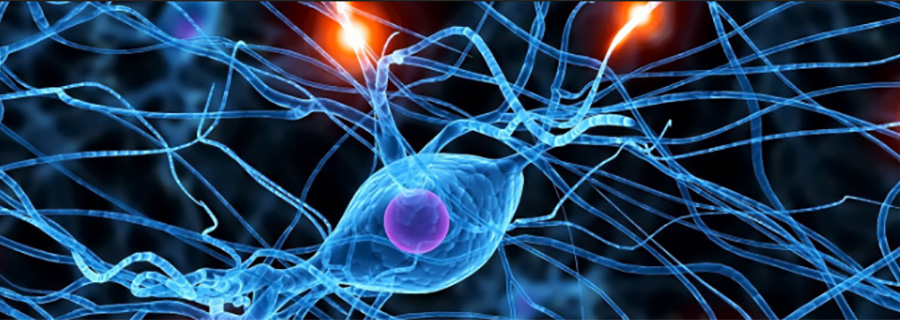
Seizure & anticonvulsant FAQ
1 Comment
/
Management of seizures is an art. There is no “correct way” to treat seizures, and neurologists frequently have differences of opinion regarding anticonvulsants. The goals of this article are to answer many of the frequently asked questions about seizure treatment in dogs and cats and to provide information regarding the more commonly used anticonvulsants.
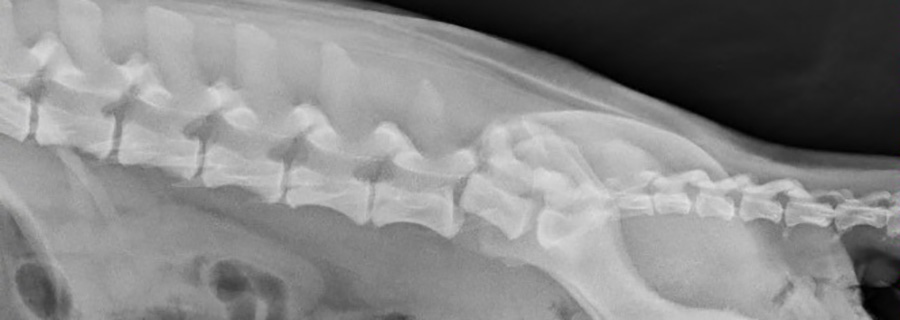
Solu-Medrol: Friend or foe?
Acute spinal cord injury (SCI) secondary to external trauma or intervertebral disk disease is a common cause for paresis and ataxia in people and dogs. This article discusses the pros and cons of Solu-Medrol and reviews the veterinary and human medical literature.
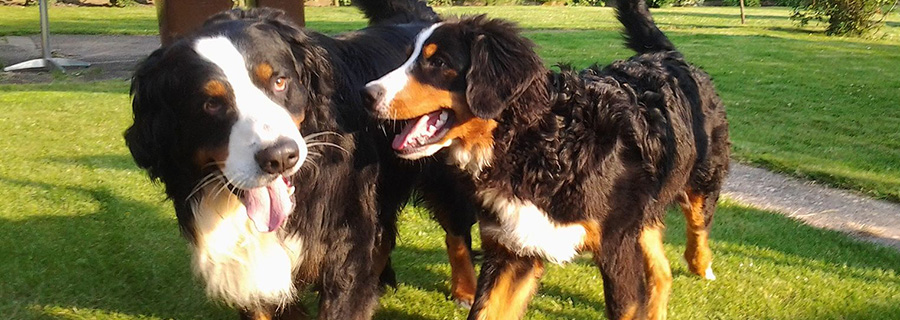
A pain in the neck: Case report and disease description
A 1-year-old, spayed female Bernese Mountain Dog was presented to the Neurology Department for evaluation of a 4-day history of lethargy, stiff gait and neck pain.
